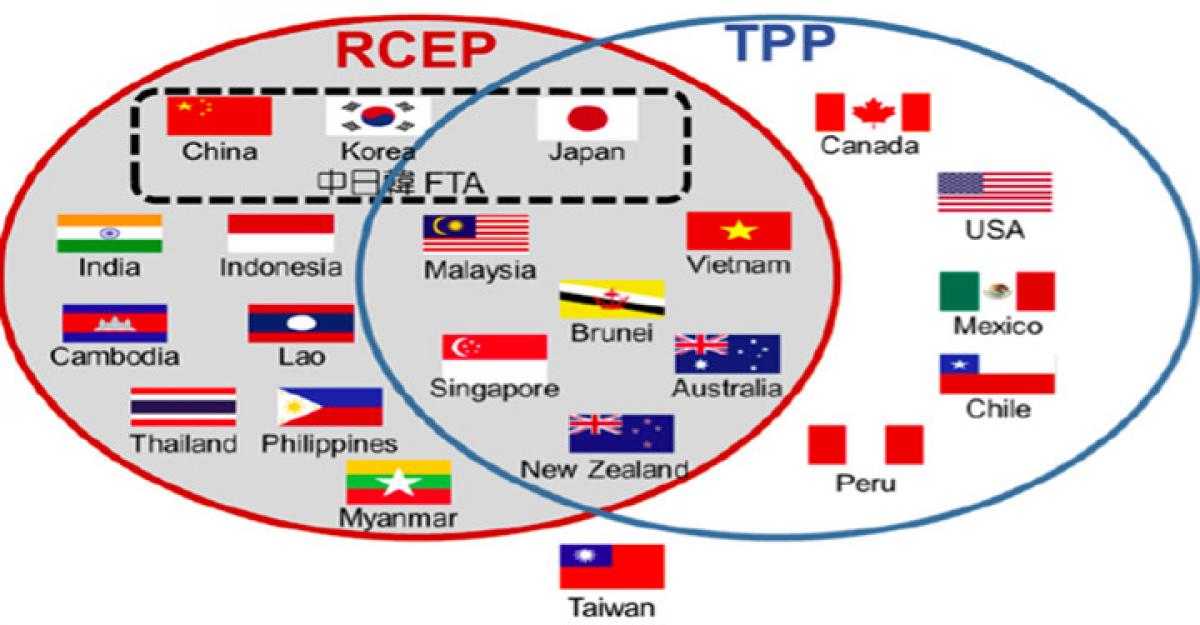Live
- Bad air: 106 shuttle buses, 60 extra Metro trips planned to make Delhiites give up cars
- WHO reports declining monkeypox cases in Congo
- CM Attends Kotideepotsavam on Kartika Purnima
- PKL Season 11: Raiding trio of Devank, Ayan, Sandeep help Patna Pirates rout Bengal Warriorz
- Food waste crisis fuels sustainable practices across APAC food & beverage industry: Report
- AI helps erase racist deed restrictions in California
- ATMIS completes third phase of troops' drawdown in Somalia
- PM Kisan Samman Nidhi scheme bringing smile to Nalanda farmers
- German economy forecast to lag eurozone growth until 2026
- CM Shinde orders stern action against hoarding of onions amid rising prices





 Beijing is a key driver of the Regional Comprehensive Economic Partnership (RCEP), a proposed 16-nation free-trade area that would be the world's biggest such bloc, encompassing 3.4 billion people. RCEP was first conceived by the 10 members of the Association of Southeast Asian Nations (ASEAN), but China is increasingly prominent as backer of the proposed pact.
Beijing is a key driver of the Regional Comprehensive Economic Partnership (RCEP), a proposed 16-nation free-trade area that would be the world's biggest such bloc, encompassing 3.4 billion people. RCEP was first conceived by the 10 members of the Association of Southeast Asian Nations (ASEAN), but China is increasingly prominent as backer of the proposed pact. 



